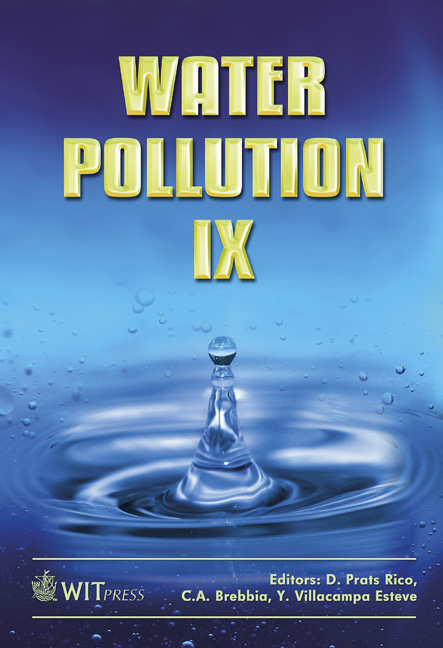Distribution Of Chlorides And Sulfates In The Aeration Zone Of Coal Waste Landfill – Sulfides Decomposition Kinetics And Ground Water Acidification
Price
Free (open access)
Transaction
Volume
111
Pages
8
Page Range
227 - 234
Published
2008
Size
413 kb
Paper DOI
10.2495/WP080221
Copyright
WIT Press
Author(s)
M. Gwozdziewicz
Abstract
This article presents the chemistry of deposited mining wastes in the Debiensko (Upper Silesia, Poland) coal mine as well as the process and dynamics of pollutants released from the wastes located in this landfill. The main stages of migration in the water solution have been emphasized as well as changes of chemistry and the dynamics of their spreading. The article also shows the impact of pollution both in the aeration zone and upon surface and underground water in the area of landfill. It was stated that the level of water degradation caused by depositing of coal wastes is high and it is related to chlorides and sulfates and – in the last phase of rock weathering – with iron. Keywords: migration of pollutants, chlorides and sulfates, sulfide oxidation. 1 Introduction The most voluminous group of wastes produced in Poland are wastes generated during search, mining, physical and chemical treatment of ores and other fossils. Wastes from power generation fossil mining constitute ca 29% [2] of the overall production of wastes in Poland. Development of forecasting methods for the impact of coal mining waste landfills upon underground water are very numerous but they often yield different results. In spite of the fact that each mining waste landfill features different depositing and hydro-geological properties as well as types of waste, we may find some common features for all deposited wastes. For this reason, the article presents results of a simulation of pollutants’ transport in the aeration zone as well the kinetics of distribution of iron sulfides using the mining waste landfill \“Debiensko” as an example.
Keywords
migration of pollutants, chlorides and sulfates, sulfide oxidation.





